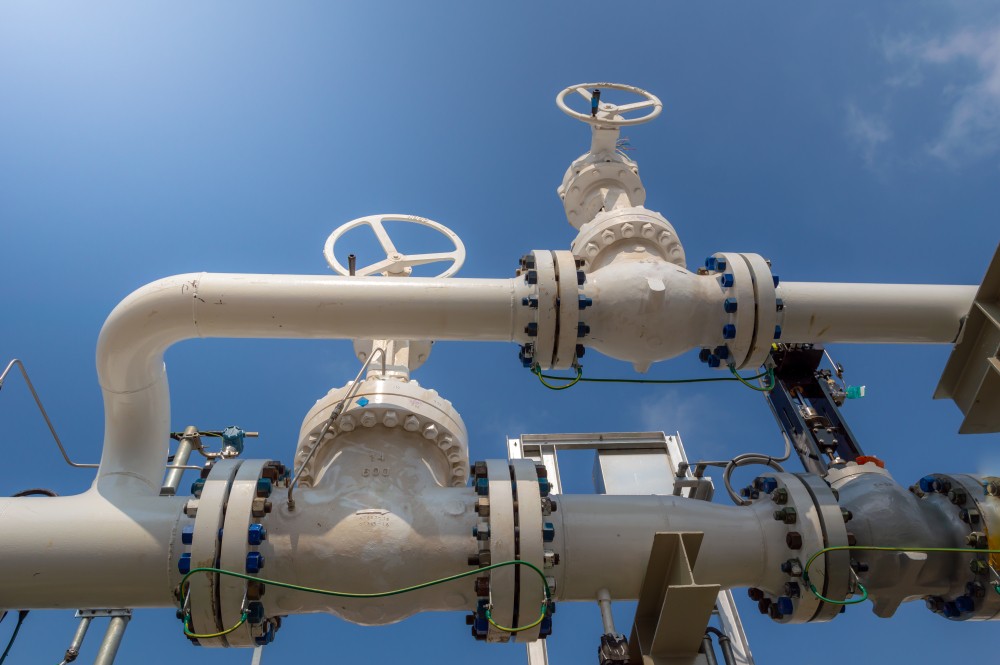Quick Look
- China’s GDP growth has reached a 30-year low amidst a backdrop of declining birth rates and high youth unemployment.
- Despite challenges in the financial and property markets, sectors like tourism, electric vehicles, and solar panels show robust growth.
- The economy expanded by nearly 5% last year, driven by industries outside the troubled housing sector.
- Industrial profits surged by 17% in December, highlighting the strength in the railway, shipping, and aerospace sectors.
- The service sector and domestic travel have rebounded, with travel spending during the New Year holiday surpassing pre-pandemic levels.
China’s economy is confronting a series of significant challenges, from a slowdown in GDP growth to alarming levels of local government debt. The property market, once a cornerstone of economic stability, has experienced a downturn, leading to a mass exodus of foreign investors. This confluence of factors depicts an economy at a critical juncture, wrestling with both internal and external pressures.
Despite these obstacles, certain sectors have demonstrated resilience and even growth amid the economic turmoil. Tourism, catering, and services have seen decent spending, although consumers remain cautious about making larger investments, particularly in real estate. Notably, the economy expanded at nearly 5% last year, indicating that parts of the consumption sector and industrial manufacturing are thriving against the odds.
EVs & Solar Lead with 17% Industrial Profit Spike
In the midst of the economic slowdown, China is deliberately transitioning towards high-value manufacturing, with an emphasis on sustainability and green technologies. The “New Three” industries—electric vehicles (EVs), lithium-ion batteries, and solar cells—are earmarked to propel the economy forward, supplanting traditional manufacturing sectors. This shift is aimed not just at economic growth but also at positioning China as a leader in global green technology.
EVs, in particular, underscore China’s ambition, with the country being the largest market and producer globally. The push towards lithium-ion batteries and solar panels further highlights China’s commitment to dominating the green tech industry. Additionally, niche industries like bus and forklift exports in heavy manufacturing sectors have also performed well, contributing to a 17% surge in industrial profits in December.
Travel Spending Soars Past Pre-Pandemic Levels
The service sector is emerging as another pillar of China’s economy, with domestic travel and spending showing significant recovery. Over the New Year holiday in February, China witnessed a surge in domestic trips, with spending levels exceeding pre-pandemic figures. This resurgence in travel and service-related spending signals a positive direction for an economy aiming to diversify its growth drivers.
Economic Shift Eyes Sustainable, High-End Growth
Looking ahead, the immediate economic outlook remains cautious, with expectations for consumption to decelerate and retail sales to dip slightly from the previous year. The real estate sector continues to hinder the economy, although the “new three” sectors significantly contribute to GDP but have not yet fully offset the downturn in property markets.
China’s economic transition signifies a broader move towards a model centred on higher-end manufacturing and sustainable growth. This pivotal transition phase is crucial as China adapts to shifting global economic dynamics and internal challenges.
APAC Markets Mixed Amid China’s Economic Shift
In reaction to China’s economic indicators, Asia-Pacific stocks have shown mixed results, with investors eagerly anticipating further economic data. The Hong Kong and Chinese stock markets have seen modest gains, signaling cautious optimism among investors. Moreover, policy adjustments in Hong Kong aimed at bolstering the real estate sector suggest a regional effort to stabilize markets and encourage economic growth.
As China navigates these economic challenges, the global community closely monitors, recognizing that the country’s economic health has broad implications. The transition towards a more sustainable and diversified economic model poses challenges but also offers opportunities for innovation and leadership in the global economy.









COMMENTS